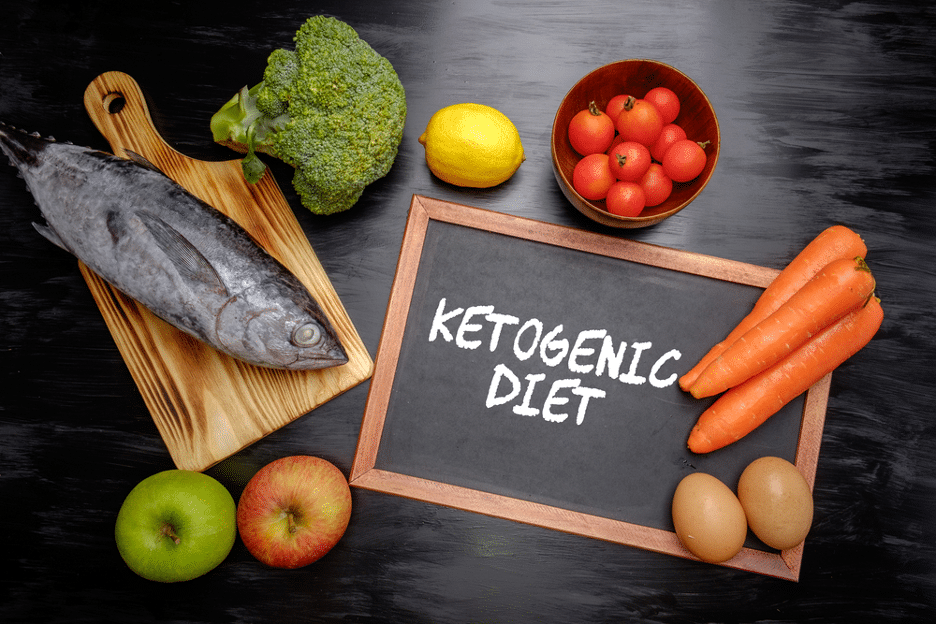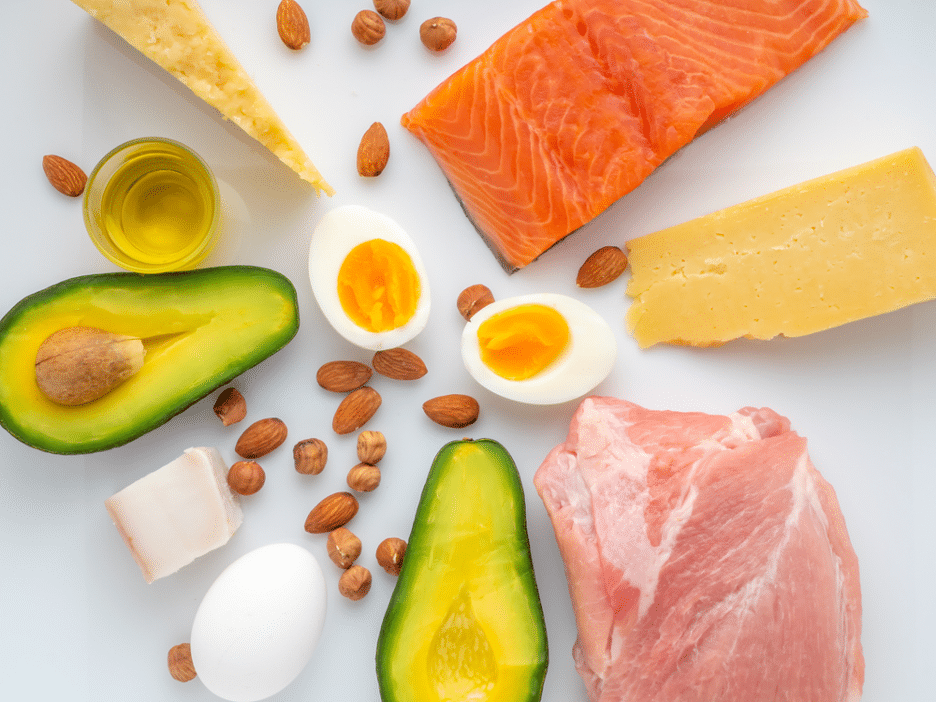The keto diet is pointed toward placing your body in Ketosis. This diet plan is typically low carb with a high intake of solid fats, vegetables, and adequate proteins. In this diet, there is also an accentuation on staying away from profoundly prepared foods and sugars. There are a few kinds of Keto counts calories: standard ketogenic, repeating, directed, and the high-protein abstains from food. The distinction in them relies upon the carb intake. The typical keto diet is high fat, low carb, and adequate protein.
A ketogenic diet is special because it is a unique macronutrient approach – extremely high fat and exceptionally low carb – intended to drive your body to depend on more fat for energy than sugar. This cycle of changing to fat (or ketone bodies) for fuel is called ketogenesis, and the condition of being in ketogenesis is called ketosis.
Ketogenic foods are intended to drive the body to go into a state called ketosis. The body uses sugar as its essential wellspring of energy. Anyhow, should the body run out of sugars, it returns to utilizing fats and protein for its energy creation.
Ketosis adequately modifies your body’s normal condition from consuming glucose; to rather begin consuming fat as fuel. This modification of the body’s digestion may accompany some conceivable results as the body attempts to change it works.
Changing to the ketogenic diet isn’t that simple to adjust too, particularly at the underlying beginning. In any case, remember that these results are transitory. Some of them can keep going for a couple of days, while others can keep going for quite a long time.
How Does the Keto Diet Aid in Weight Loss?

So, how does the keto diet truly work and help your body lose weight? The body goes to put away fats for energy that is the reason the Keto diet prompts weight loss. Ketones and glucose are the main two force sources that fuel the mind.
Ketogenic eats less are powerful for shedding pounds and bringing down dangerous factors for specific sicknesses. While low-fat diets are generally prescribed for those hoping to shed pounds, research shows that keto is, indeed, a better methodology than weight loss.
In contrast to numerous weight control plans, keto won’t leave you feeling hungry after eating a pre-set number of calories for the afternoon. Keto is a fantastic and filling technique for consuming fewer calories. Indeed, you can get more fit without following calories—something that dissuades numerous peoples from clinging to different diets. There are a few reasons why keto is more productive than a low-fat diet, including expanded protein consumption. Higher protein intake is profitable for weight decrease and metabolic wellbeing.
Step # 1 – Determine Your Fitness Goal
Before going into any diet, the initial step should consistently be distinguishing your “why” or your essential objective – this will set up your dietary requirements and guide your center to pushing ahead. Just as how you can decide whether your diligent effort is paying off.
Step # 2 – Calculate Your Daily Calorie Goal
Whenever you have recognized your fundamental health and wellness objective, the following stage is to figure the number of calories you have to eat a day to get thinner, put on weight, or keep up your weight. The most straightforward approach to do this is with an online calorie number cruncher or by downloading a wellness application that utilizes your age, stature, weight, sexual orientation, and wellness level to gauge your day by day needs.
Step # 3 – Calculate Your Keto Macros
While it is your calorie control that has the biggest effect on your weight, understanding your keto macros is still pretty major to your prosperity. Particularly if you are attempting to get into ketosis, hitting your carb objective every day is pivotal.
Step # 4-Plan Your Keto Menu
Presently you are prepared to begin arranging your fantasy keto menu. Yet, before you fire stacking up on bacon and cheddar, there are a couple of interesting points with regards to your food decisions.
Step # 5 – Stick to Your Objectives
Arranging a keto menu is just a large portion of the fight; your advancement is the consequence of consistency. Which means you must adhere to your diet plan for more than half a month. In any case, adhering to your diet did not depend on sheer self-control, as much as it is creating sound propensities and schedules that permit you to be fruitful. This incorporates settling on sound choices simpler and adding some rubbing to less solid propensities.
Step # 6 – Keto Food List
Here is a short outline of what you should and shouldn’t eat on the keto diet:
Don’t Eat
- Tubers – potato, sweet potatoes, and so on
- Sugar – nectar, maple syrup, agave, and so on
- Grains – Wheat, rice, corn, oat, and so on
- Natural product – apples, bananas, oranges, and so forth
Do Eat
- Meats – fish, sheep, hamburger, poultry, eggs, and so forth
- Low-carb vegetables – kale, spinach, broccoli, and other low carb veggies
- Nuts and seeds – macadamias, sunflower seeds, pecans, and so forth
- High-fat dairy – high fat cream, hard cheeses, margarine, and so forth
- Sugars – stevia, priest organic product, erythritol, and other low-carb sugars
- Different fats – high-fat serving of mixed greens dressing, coconut oil, soaked fats, and so on
- Avocado and berries – blackberries, raspberries, and other low glycemic sway berries
Final Verdict!
Weight management is most firmly impacted by reliable calorie control. So if a keto diet seems like the sort of diet you’d appreciate eating and would have the option to adhere to the long haul, let it all out. In any case, if it seems like an excess of work or you like to eat more energy, you can be similarly as fruitful on another weight loss diet. Besides, while keto is ok for a lot of people, it is suggested that you talk with your doctor before starting a keto diet.



